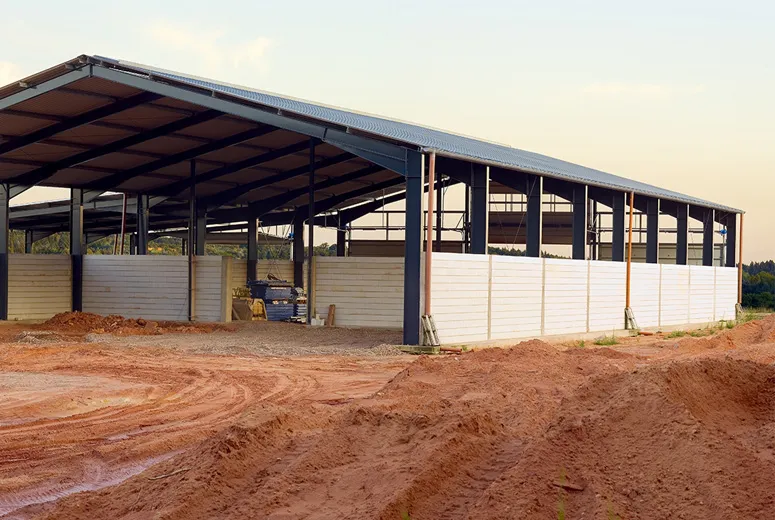- Afrikaans
- Albanian
- Amharic
- Arabic
- Armenian
- Azerbaijani
- Basque
- Belarusian
- Bengali
- Bosnian
- Bulgarian
- Catalan
- Cebuano
- Corsican
- Croatian
- Czech
- Danish
- Dutch
- English
- Esperanto
- Estonian
- Finnish
- French
- Frisian
- Galician
- Georgian
- German
- Greek
- Gujarati
- Haitian Creole
- hausa
- hawaiian
- Hebrew
- Hindi
- Miao
- Hungarian
- Icelandic
- igbo
- Indonesian
- irish
- Italian
- Japanese
- Javanese
- Kannada
- kazakh
- Khmer
- Rwandese
- Korean
- Kurdish
- Kyrgyz
- Lao
- Latin
- Latvian
- Lithuanian
- Luxembourgish
- Macedonian
- Malgashi
- Malay
- Malayalam
- Maltese
- Maori
- Marathi
- Mongolian
- Myanmar
- Nepali
- Norwegian
- Norwegian
- Occitan
- Pashto
- Persian
- Polish
- Portuguese
- Punjabi
- Romanian
- Russian
- Samoan
- Scottish Gaelic
- Serbian
- Sesotho
- Shona
- Sindhi
- Sinhala
- Slovak
- Slovenian
- Somali
- Spanish
- Sundanese
- Swahili
- Swedish
- Tagalog
- Tajik
- Tamil
- Tatar
- Telugu
- Thai
- Turkish
- Turkmen
- Ukrainian
- Urdu
- Uighur
- Uzbek
- Vietnamese
- Welsh
- Bantu
- Yiddish
- Yoruba
- Zulu
Nov . 22, 2024 17:58 Back to list
The Importance of Choosing the Right Warehouse Building Materials
In the modern era of logistics and distribution, warehouses are at the heart of supply chain management. The design and construction of a warehouse are crucial in ensuring efficient operations. One critical aspect of warehouse construction that significantly affects durability, cost, and functionality is the selection of building materials. Choosing the right materials is not merely an architectural decision; it has long-term implications for the operational efficacy and economic viability of the facility.
Understanding Warehouse Requirements
Before delving into the materials available for warehouse construction, it’s essential to distinguish the attributes required in a warehouse. The appropriate building must accommodate high ceilings for stackable storage, vast open spaces for moving goods, insulation against extreme temperatures, and resistance against wear and tear caused by heavy machinery. In addition, flexibility is crucial, as the use of the space might evolve over time, necessitating modifications to the interior layout.
Common Warehouse Building Materials
1. Steel Steel is one of the most popular materials used in the construction of warehouses. Its inherent strength and longevity make it an excellent choice for structural frameworks. Steel can support large spans without the need for numerous columns, thus maximizing usable floor space. Additionally, it is resistant to pests and fire, reducing maintenance costs over time. However, while steel is often more expensive upfront, its durability can lead to lower overall life-cycle costs.
2. Concrete Concrete is another mainstay in warehouse construction. It is particularly favored for its load-bearing capacity and resistance to environmental stresses. Concrete panels used for the walls can offer thermal mass benefits, helping in temperature regulation within the warehouse, which is important for energy efficiency. However, concrete can take longer to cure and may require a longer lead time before the building is operational.
warehouse building material

3. Wood Though less common for large-scale warehouses, wood can still be an attractive option for smaller facilities or specific applications. Wood is easier to work with and can be quite aesthetically pleasing. It is also a renewable resource, making it an eco-friendlier option. However, it generally lacks the durability and fire resistance of steel and concrete, making it less suitable for expansive, high-stakes environments.
4. Insulation Materials Regardless of the primary structural material, insulation is vital in warehouse construction, especially in regions with extreme climates. Rigid foam board, fiberglass, and spray foam are common insulation materials that help maintain a stable temperature inside the warehouse. Proper insulation can reduce energy costs and create a more comfortable working environment.
5. Glass While glass is not typically used as a primary material in warehouse construction, incorporating glass facades or skylights can provide natural light, reducing the need for artificial lighting during daylight hours. This not only contributes to a healthier work environment but also lowers energy consumption.
Sustainable Materials
As sustainability becomes increasingly vital in construction, warehouse builders are turning to eco-friendly materials. Recycled steel and sustainably sourced wood are popular options. Additionally, green roofing systems can help in water management and insulation. Using sustainable materials not only aligns with corporate social responsibility goals but can also qualify business owners for tax incentives and rebates.
Conclusion
Choosing the right building materials for a warehouse is a decision that significantly impacts its functionality, durability, and environmental footprint. Each material presents its advantages and drawbacks, and the selection largely depends on the specific requirements of the operation, personal preferences, and budget constraints. In today’s fast-paced world of e-commerce and global distribution, investing time and resources into thoughtful material selection can lead to enhanced operational efficiency and long-term success. A well-constructed warehouse not only serves as a repository of goods but also acts as a critical node in the broader logistics network, supporting businesses as they navigate the complexities of modern supply chains. Thus, careful consideration of warehouse building materials is essential for any business looking to optimize its operations.
-
How Do Prefabricated Steel Structures Transform Modern Construction?
NewsJul.14,2025
-
How Do Prefabricated Metal Buildings Redefine Modern Construction?
NewsJul.14,2025
-
How Do Prefab Insulated Metal Buildings and Steel Structures Revolutionize Modern Construction?
NewsJul.14,2025
-
How Do Pre - Engineered Steel Structures Redefine Modern Construction?
NewsJul.14,2025
-
Advancing Modular Construction with Prefabricated Metal Structures
NewsJul.14,2025
-
Advancing Industrial Infrastructure with Prefabricated Steel Solutions
NewsJul.14,2025
Products categories
Our Latest News
We have a professional design team and an excellent production and construction team.












